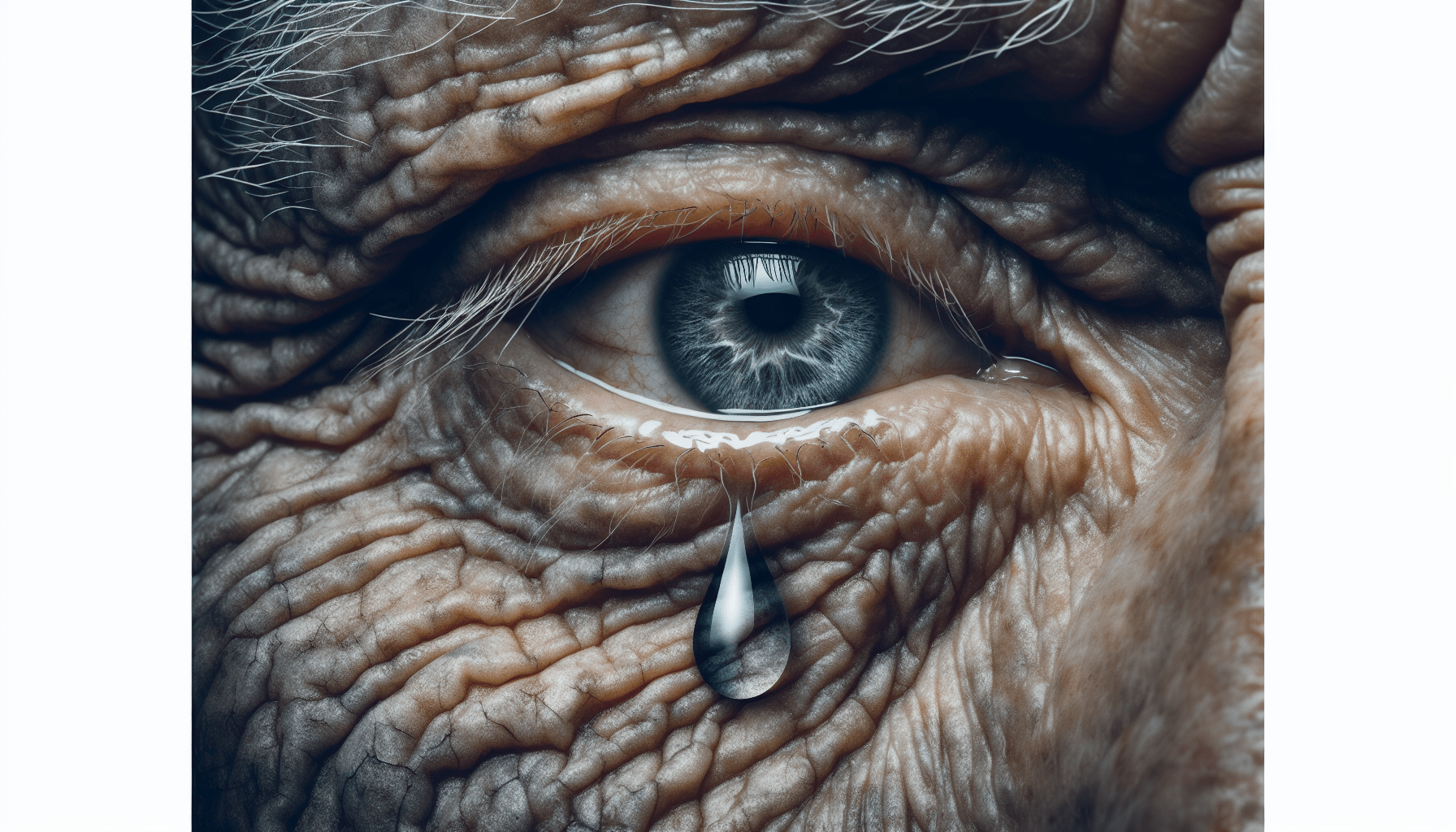Welcome to the fascinating world of eye health! In this article, we will explore the interesting relationship between aging and dry eyes. As we age, our eyes undergo changes that can lead to dryness and discomfort. Understanding how aging affects the eyes can help us take proactive steps to maintain healthy vision and prevent dry eye symptoms. Let’s dive in and discover how aging and dry eyes are connected. What Is The Relationship Between Aging And Dry Eyes?
What is the relationship between aging and dry eyes? Have you noticed that as you get older, your eyes seem to get drier and more irritated? You’re not alone. Aging is a common factor that can contribute to the development of dry eyes. Let’s take a closer look at how aging affects the eyes and what you can do to alleviate dry eye symptoms.
Understanding Dry Eyes
Dry eyes, also known as dry eye syndrome or keratoconjunctivitis sicca, is a common condition that occurs when your eyes do not produce enough tears or when the tears evaporate too quickly. This can lead to symptoms such as burning, itching, redness, and a gritty sensation in the eyes.
Factors Contributing To Dry Eyes
Several factors can contribute to the development of dry eyes, including environmental factors, lifestyle choices, and underlying health conditions. Aging is also a significant factor that can exacerbate dry eye symptoms.
Symptoms Of Dry Eyes
The symptoms of dry eyes can vary from person to person but often include:
- Dryness
- Irritation
- Burning
- Redness
- Blurred vision
- Sensitivity to light
Diagnosing Dry Eyes
If you experience any of these symptoms, it’s essential to see an eye care professional for a proper diagnosis. The eye care professional will perform a comprehensive eye exam to assess the tear production and quality of your tears.
Aging And Dry Eyes: What’s The Connection?
As we age, the composition of our tears changes, leading to a reduction in tear production and quality. This can result in dry eyes and a host of uncomfortable symptoms.
Changes In Tear Composition
The tear film is made up of three layers: the oil (lipid) layer, the water (aqueous) layer, and the mucus layer. Each layer plays a crucial role in keeping the eyes lubricated and protected. As we age, the lipid and mucus layers can become thinner, while the aqueous layer may decrease in volume. These changes can lead to an imbalance in the tear film and contribute to dry eye symptoms.
Reduced Tear Production
Aging can also affect the lacrimal glands, which are responsible for producing tears. These glands may produce fewer tears over time, leading to reduced tear volume and increased evaporation rates. Additionally, hormonal changes that occur with age can impact tear production, further exacerbating dry eye symptoms.
Changes In Blinking Patterns
Another factor that can contribute to dry eyes with age is changes in blinking patterns. As we get older, we tend to blink less frequently, which can lead to faster tear evaporation and dry eye symptoms.
Tips For Managing Dry Eyes In Aging Individuals
If you’re experiencing dry eye symptoms as you age, there are several steps you can take to alleviate your discomfort and improve the health of your eyes.
Use Artificial Tears
Artificial tears, also known as lubricating eye drops, can help lubricate the eyes and provide relief from dryness and irritation. These drops are available over the counter and come in various formulations to suit your specific needs.
Stay Hydrated
Staying hydrated is crucial for maintaining overall eye health. Drink plenty of water throughout the day to help support tear production and keep your eyes moist and comfortable.
Use A Humidifier
Dry indoor air can exacerbate dry eye symptoms. Using a humidifier in your home or workspace can help add moisture to the air and prevent your eyes from drying out.
Follow A Healthy Diet
Eating a balanced diet rich in omega-3 fatty acids, vitamins, and antioxidants can support eye health and reduce inflammation in the eyes. Foods like salmon, walnuts, kale, and citrus fruits are excellent choices for promoting healthy eyes.
Take Breaks From Screen Time
If you spend long hours in front of a computer or digital device, make sure to take regular breaks to rest your eyes. Follow the 20-20-20 rule: every 20 minutes, look at something 20 feet away for at least 20 seconds to help reduce eye strain and dryness.
When To See An Eye Care Professional
If you’re experiencing persistent dry eye symptoms that do not improve with at-home remedies, it’s essential to see an eye care professional for further evaluation and treatment. The eye care professional may recommend additional interventions, such as prescription eye drops, punctal plugs, or in-office procedures, to address your dry eye symptoms effectively.
Conclusion
Aging can take a toll on your eyes, leading to dryness, irritation, and discomfort. By understanding the relationship between aging and dry eyes and taking proactive steps to manage your symptoms, you can enjoy clearer, more comfortable vision as you age. Remember to prioritize your eye health and seek professional help if you have concerns about your eye symptoms. With proper care and attention, you can maintain healthy eyes and enjoy clear vision for years to come.
